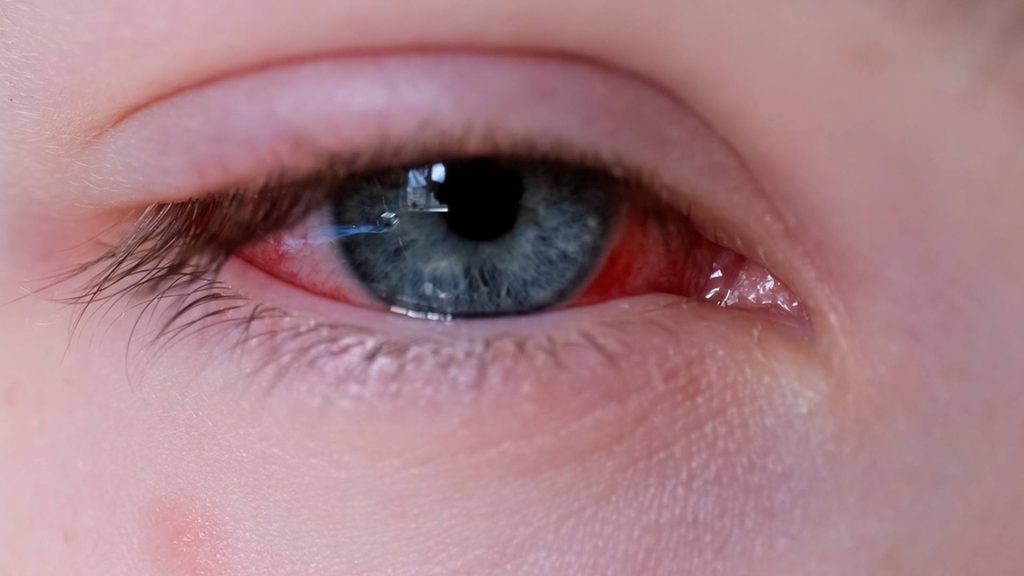-
Health & Wellness
Mayo Clinic Q & A: Seeing clearly: Understanding pink eye

DEAR MAYO CLINIC: My entire family was recently affected by pink eye, including my mom, my nephews, my sister and even her dog! How is it so contagious? And what is it?
ANSWER: Pink eye is an inflammation of the lining of the eyelid and eyeball. The medical term for pink eye is conjunctivitis. Just as its name, pink eye, tells us, the most noticeable symptom will be a pink or red irritated eye or eyes. Other symptoms can include:
- Itchiness in one or both eyes.
- A gritty feeling in one or both eyes.
- Discharge in one or both eyes. This can form a crust overnight that can prevent one or both eyes from opening the next morning.
- Watery eyes or tearing.
Pink eye is most commonly caused by a virus, but a bacterial infection or allergies also can be to blame. In babies, pink eye can be caused by a tear duct that is not completely opened. Most viruses will go away on their own. If the cause is bacterial, we will recommend treating the affected eye(s) with an antibiotic drop.
Unfortunately, pink eye is quite contagious, just like many other infectious diseases such as colds and influenza. Patients can be at risk of catching pink eye if they touch someone who is infected and then rub their eyes or face. For this reason, it is important to be consistent with hand hygiene and hand-washing, and avoid touching other things around someone who may be ill.
Pink eye can be a pain, but don't worry — it rarely affects your vision. If you do experience blurred vision, eye pain, light sensitivity (photophobia) or feel as if something is stuck in your eye, seek urgent care. If you wear contact lenses, you should stop wearing them as soon as you notice pink eye symptoms. If your symptoms don't begin to improve within 12 to 24 hours, you should make an appointment with your eye doctor to make sure you don't have a more serious infection related to contact lens use.
Pink eye is one of our more common reasons to stay home from day care, school or even work if you're an adult, because even adults can get pink eye. If it's a bacterial infection, patients need at least 24 hours of antibiotic therapy before returning to normal activities. If it's viral in nature, you may have to wait at home a little bit longer since there is no treatment other than time. If it is allergic in nature, one can safely attend school and work since allergies are not contagious. We generally recommend those patients stay at home until they feel better.
Doing warm compresses on the eyes can help alleviate some of the symptoms. Rest will also help you heal. If your pink eye is from allergies, using appropriate allergy medications can help. Unfortunately, we are often contagious with viruses or bacteria that cause pink eye before we even have symptoms. That is why it's so important to be consistent and mindful about our hand hygiene and careful about being around those who may not be feeling well. — Tina Ardon, M.D., Family Medicine, Mayo Clinic, Jacksonville, Florida







